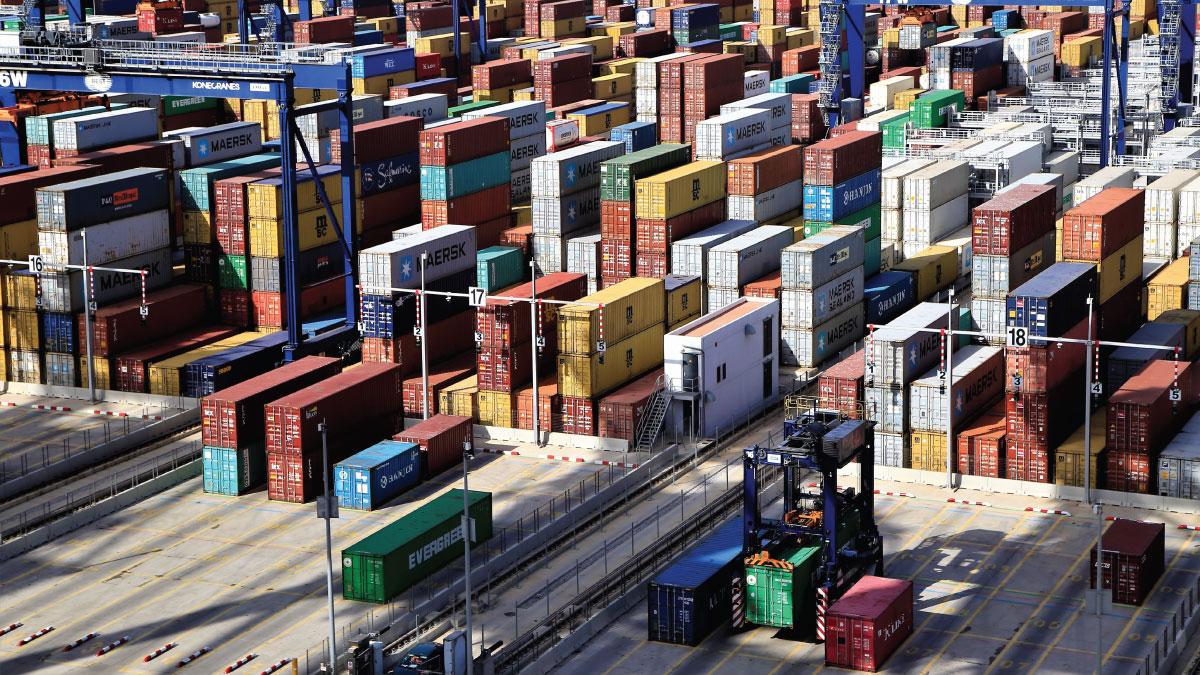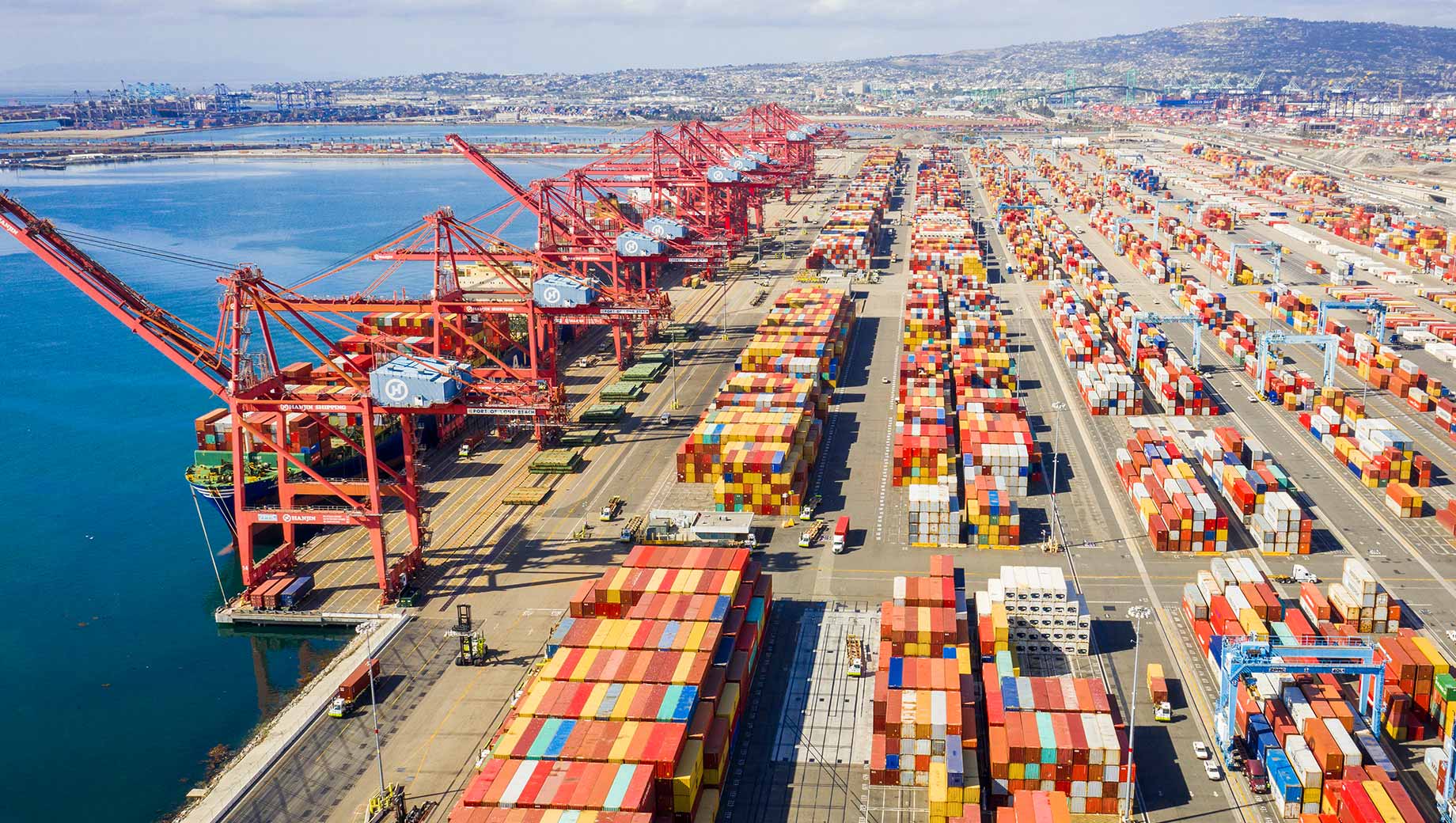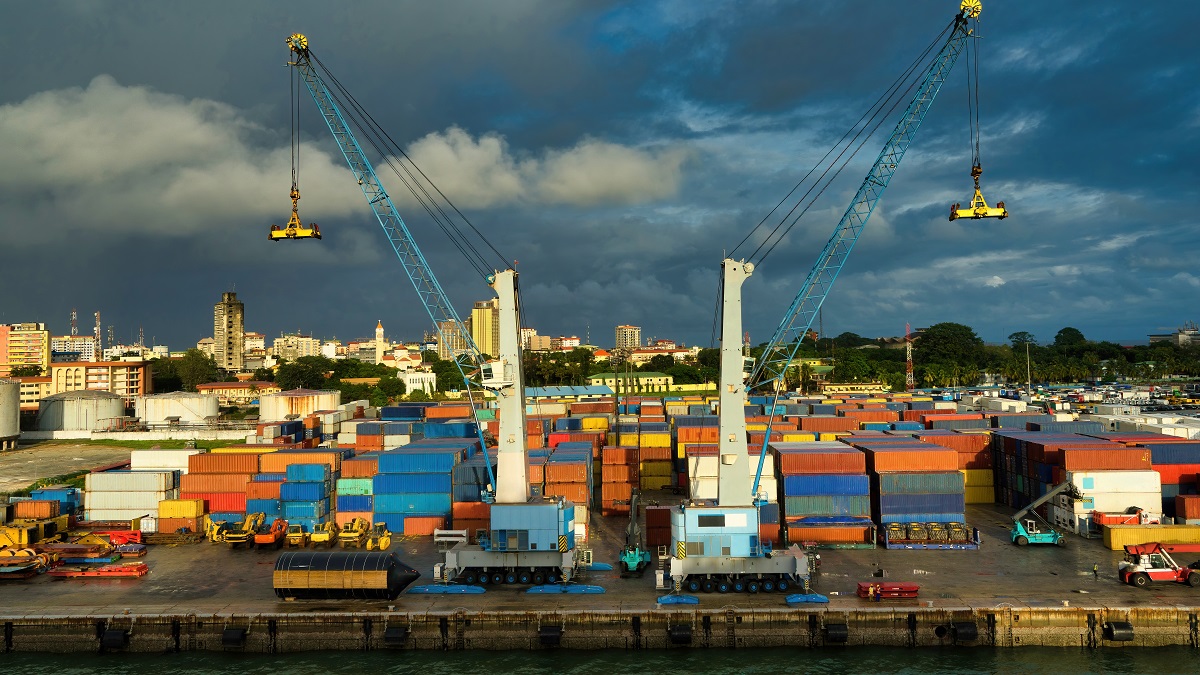India-Peru Trade Pact Discussions Commence on Oct 10: Government Update

India-Peru Trade Pact Discussions Commence on Oct 10: Government Update
On October 10th, the government announced that India and Peru would commence negotiations concerning a bilateral trade agreement. Both nations are looking to strengthen their economic ties and facilitate growth, considering their significant potential for mutual benefits.
The idea of an India-Peru trade pact isn’t new. For several years, the two nations have been exploring avenues for closer economic cooperation. The recent global scenario, with shifting supply chains and a need for diversified trade partners, has provided the impetus for both countries to take definitive steps.

According to a formal announcement made on Monday, the next round of discussions for a trade deal between India and Peru will begin on October 10.The objective of the agreement is to enhance bilateral investment and commerce between the two nations.
The two trading partners’ customs tariffs will be drastically reduced or eliminated on the majority of the commodities they trade. According to the commerce ministry, “a special round of negotiations for the India-Peru trade agreement is scheduled to virtually take place on October 10-11.”
The two parties will talk about a variety of topics during the discussions, including sanitary and phytosanitary regulations, trade in products, customs processes, and trade facilitation. “Discussions on services, movement of natural persons (professionals), trade remedies, and investment chapter will be held later this month based on mutual convenience of the negotiators,” the statement stated.
The fifth round of negotiations for the agreement was finished in August 2019. Negotiations began in 2017. The coronavirus outbreak forced a halt to the discussions. The deal is expected to considerably increase trade, investment, and collaboration in a number of industries. The sixth round is scheduled to take place in Lima, Peru, in December 2023,” it said. The bilateral trade between India and Peru in 2022–2023 totaled USD 3.12 billion.

India purchased products worth 2.25 billion USD and exported goods worth 865.91 million USD to Peru.In contrast to Peru, which largely exports gold, copper ores, and concentrates, important Indian exports to that country include automobiles, cotton yarn, and medicines. Vipul Bansal, Joint Secretary at the Department of Commerce, will serve as the chief negotiator for India, while Gerardo Antonio Meza Grillo, Director for Asia, Oceania, and Africa at the Ministry of Foreign Trade and Tourism, will serve as the chief negotiator for Peru.
Peru is rich in mineral resources, especially copper, silver, and gold. India, with its expanding infrastructure and manufacturing sectors, can be a significant market for these resources.
India is one of the largest producers of generic medicines globally. There is a potential for Indian pharmaceutical companies to tap into the Peruvian market and even establish manufacturing units there. Peru is known for its diverse agricultural produce, like quinoa, avocados, and asparagus. Conversely, India can export its vast array of spices, tea, and tropical fruits.
With India’s growing reputation as an IT hub, there’s an opportunity for Indian IT firms to offer services, especially in areas like software development, digital transformation, and IT-enabled services.

The Indian textile industry, especially the handloom and handicraft sector, could find a market in Peru. Similarly, Peru, known for its high-quality alpaca wool, can find buyers in India.
A well-negotiated trade pact can stimulate economic growth in both nations by facilitating easier market access and reducing trade barriers. For both countries, this pact can mean a reduced dependency on traditional trade partners and a move towards diversifying their international trade portfolio.
Enhanced trade often results in increased production, leading to job creation in various sectors, directly benefiting the population.Collaboration, especially in sectors like IT and pharmaceuticals, can lead to technology transfers, fostering innovation.
Beyond economics, such agreements play a pivotal role in cementing diplomatic relations, paving the way for cooperation in other areas like defense, education, and cultural exchanges.

While the potential benefits are numerous, there are challenges to be addressed. These include:
- Ensuring that the pact does not disproportionately benefit one party.
- Addressing concerns related to intellectual property rights, especially in sectors like pharmaceuticals.
- Navigating through issues related to standards and certifications, which can sometimes act as non-tariff trade barriers.
- Managing domestic interests and pressures, as every trade pact has both winners and losers.
The talks starting on October 10th between India and Peru are a testament to both nations’ commitment to fostering a stronger bilateral relationship.

The trade pact, if successfully negotiated, could bring manifold benefits to both parties. However, the path ahead is riddled with complexities, and it would require astute diplomacy, foresight, and mutual respect to navigate. The global community would be keenly watching the developments, as such pacts can be harbingers of broader regional cooperation and stability.




